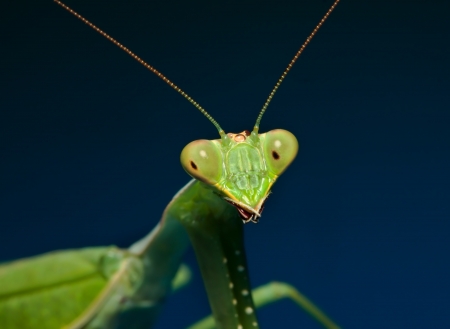Over the course of history, humans have developed a variety of hand-to-hand combat styles. Boxing, kickboxing, and wrestling have been popular combat sports for a long while, but the martial arts have been the most reliable and studied forms of hand-to-hand combat for centuries. Needless to say, insects are not commonly associated with hand-to-hand combat techniques, but any martial arts expert can tell you that praying mantises play an important role in the history and development of Kung Fu. Shaolin Kung Fu, Wing Chun and Tai Chi are the most common types of Kung Fu, but another form of Kung Fu involves mimicking the rapid movements of the praying mantis. This style of Kung Fu is aptly named “Praying Mantis Kung Fu,” and historians have traced its origin back to the 17th century.
The story concerning the true origin of Praying Mantis Kung Fu cannot be substantiated, but many experts think that the Taoist monk named Wang Lang founded the fighting style back in the 1600s during the Ming Dynasty era in China. The story goes that Lang witnessed a praying mantis successfully defeat a much larger cicada by resorting to skillful and exacting movements as opposed to sheer force. Curious, Lang captured the victorious praying mantis in order to examine its anatomy. Lang further explored the mantis’ fighting technique by poking at it with his paint brush. Lang became fascinated as he watched the mantis quickly weave, advance, retreat and occasionally grasp at his brush. Lang became convinced that the mantis not only had its own fighting style, but this style could be mimicked with success by humans. The rest is history, as they say.
Praying Mantis Kung Fu eventually branched off into two seperate martial arts styles, both of which are gaining popularity in the western world. Although Praying Mantis Kung Fu has endured for centuries, humans, unfortunately, cannot mimic the mantis’ best moves. For example, mantises can rotate their heads a full 180 degrees, giving them a full view of every nearby enemy. Praying mantises also possess forelegs that feature serrated edges that prevent their enemies from escaping their grasp.
Have you ever heard of or studied Praying Mantis Kung Fu? Does having a knowledge of praying mantis anatomy help to learn the art of Praying Mantis Kung Fu?

